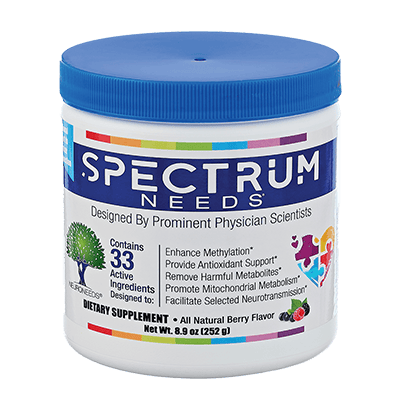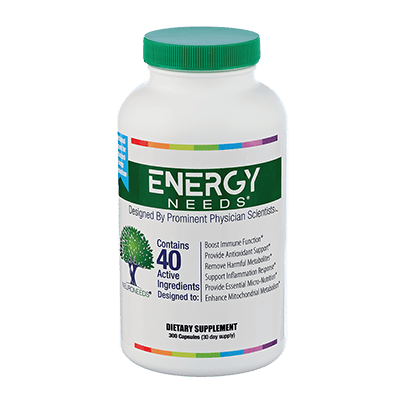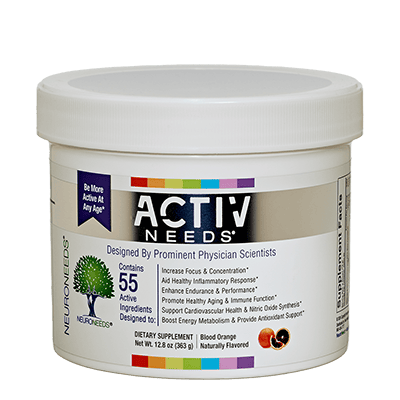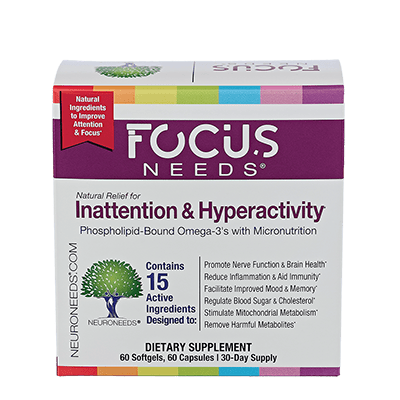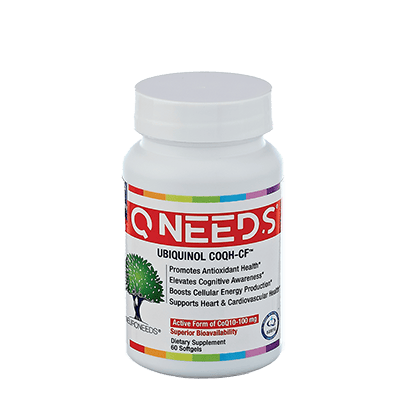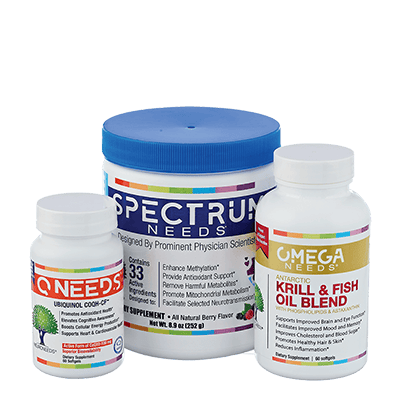Dr. Richard Boles of Pasadena, Ca. along with Bracha L. Kreiman (student) have just published a very insightful peer-reviewed research article entitled, “State of the Art Genetic Testing for Patients with Autism: A Practical Guide for Clinicians” in Seminars Pediatric Neurology. For those interested in the complete article it can be found at this link: https://www.sciencedirect.com/science/article/pii/S1071909120300103.
This blog article is a summary of this newly published article. Our goal is to provide some of the key insights and elements for non-clinicians – if you will. We welcome any questions or comments. They may be directed to us by sending an email to the following address: contact@neuroneeds.com.
Summary of Key Elements
Current genetic testing provides a precise diagnosis in about one-half of cases with autism. Beyond diagnosis, genetic testing can oftentimes help elucidate potentially-treatable risk factors that predispose the individual patient to develop disease, and lead to improved outcomes in as many as one-half of cases. Clinical improvement can occur in “core” autism areas (attention, behavior, anxiety) and/or in co-morbidities (nausea, fatigue, pain), as demonstrated in brief case reports.
The authors specifically note: “Genetic testing is non-invasive, has a high yield for leading to diagnoses, and often results in treatment options that result in improved clinical outcomes. However, “actionability” is far broader than treatment, and can include ending the diagnostic journey, refined recurrence risks, the identification of risks related to certain classes of medications, and implications for other family members…Costs are now quite modest, and are dramatically low in comparison to the ongoing costs of the disease itself. A major organization has recommended genetic testing in all patients with autism.” As expected, dietary supplementation plays a large role in the manner in which specific genetic findings are translated into specific therapy.
Some additional key points from the article are:
1. Autism demonstrates high genetic heterogeneity: All inheritance patterns, both Mendelian and non-Mendelian, act in at least some cases with autism. Genetic testing and interpretation must be open to the gamut of inheritance patterns.
2. Many cases are polygenic and multifactorial: In many cases with autism, multiple genes are involved, and thus a singular “cause” cannot be identified, as one does not exist. Thus, beyond identification of the “cause” of disease, a major function of genetic testing in autism is identification of potential (or “candidate”) factors contributing to disease.
3. The testing ordered should address the detection of each type of variant common to autism: Many different types of variants are possible causes or factors in autism pathogenesis, especially large and small variants, and the tests ordered should apply to both.
4. Interpretation of genetic testing is complicated: The interpretation rendered should address all potential genetic factors in autism pathogenesis. In particular, all of the above information regarding the properties of variants (e.g. prevalence, conservation) is used to shift through the thousands of variants to identify a minority for further consideration.
5. Clinical correlation: The most difficult aspect of genetic testing is to connect (“correlate”) the variants to the patient’s disease. The most optimal manner to address this is close communication between a clinical genomicist and the treating physician, such as a telephone/telemedicine conversation.
6. Balancing risks and benefits: Like all aspects of medical care, whether or not to pursue genetic testing should be based upon the balance of the risks versus benefits. In the case of genetic testing, benefits are predominately medical and tangible (e.g. better understanding of the disease process hopefully leading to improved therapy and outcome), while the risks are predominately non-medical and intangible (e.g. costs, hassles in ordering, and fear of what the results might show).
7. Informed consent: Appropriate informed consent is a necessary and important process to perform before testing is performed. Physicians may perform this consenting, or refer out. What off-target results is included on reports is often highly-dependent on the individual laboratory, so provide pre-test counseling based on what that laboratory reports, and what options the family has regarding reporting.
Here is a case study to help bring this all together:
Payam was diagnosed with autism at age 18 months. He had hypotonia and mental health disorders which included obsessive compulsive disorder, anxiety, irritability, and aggression. In addition, he had functional disease issues which included severe constipation since birth, fatigue, sleep problems, and night twitches. The above-mentioned issues are not uncommon in patients with autism. At age 18 years, genetic testing revealed a very-rare splice-site variant, c.1017T>C, in the SLC6A8 gene, which is on the X-chromosome and encodes for a creatine transporter. This variant was felt to be an excellent candidate for disease association, as disease related to variants in this gene52 are a good match in Payam. Cerebral creatine deficiency due to pathogenic variants in SLC6A8 is a relatively common cause of intellectual disability in males, and can result in autism and psychiatric conditions. This condition is very difficult to identify and confirm, and treatment with creatine is efficacious only in some cases.
A creatine therapy trial of 5 mg BID failed in Payam. Cyclocreatine, which travels across the blood brain barrier without the creatine transporter and is modified to creatine in the brain, was administered as a trial. The dosage provided was 1.67 grams per day. Independent observers noted the following changes in Payam after treatment with cyclocreatine: decreased anxiety, more expressive language output, fewer behavioral manifestations of autism, increased ability to handle change and frustrations, greater environmental awareness, improvements in visual attentiveness, decreased hypotonia, and a more erect posture.
The Content within this article and NeuroNews Blog is not intended to be a substitute for professional medical advice, diagnosis, or treatment. Always seek the advice of your physician or other qualified health provider with any questions you may have regarding a medical condition. Never disregard professional medical advice or delay in seeking it because of something you have read on this Blog.

